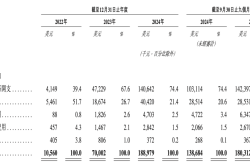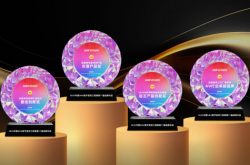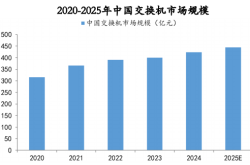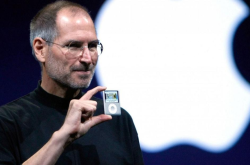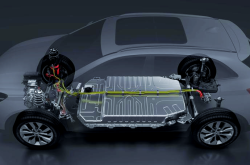Why Do New Energy Vehicles Require Extended Range to Command Higher Prices?
![]() 07/31 2025
07/31 2025
![]() 463
463
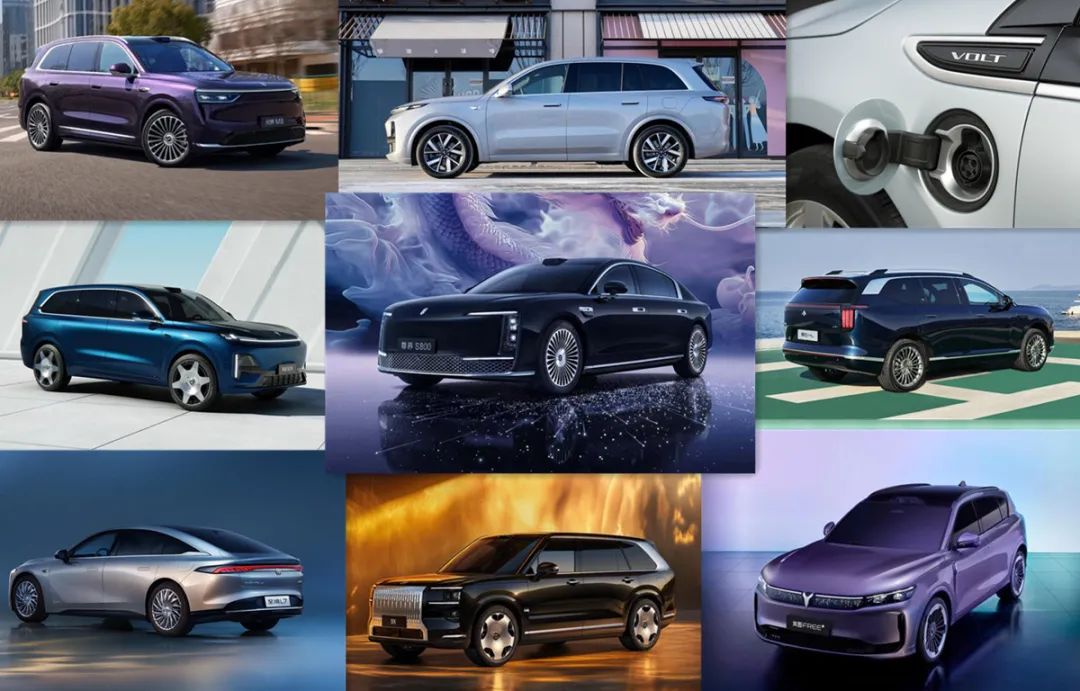
Introduction
At present, only extended range vehicles can meet the demanding needs of Chinese consumers.
China's automotive market has not been this vibrant in a long time. Amidst an intense price war, automakers are sparing no effort in their competitions. Particularly in terms of product innovation, automakers, regardless of size or class, strive to outdo their competitors through extreme cost-effectiveness, even if it means sacrificing profits. This has led to a peculiar scenario where the final pricing of numerous new cars has exceeded everyone's expectations.
A+ class, B class, and even C class sedans are priced just above 100,000 yuan, while large SUVs as long as 5 meters hover around 200,000 yuan. This is good news for consumers, but when you think about it calmly, it will become increasingly difficult for automakers to sell their new cars at a good price in the future. As long as this momentum does not subside, automakers will have to seriously consider the issue of product premiums.
Initially, relying on the flashy PPT stories of the electric era, a group of new forces such as NIO and HiPhi were able to sell their new cars at a premium. Nowadays, as battery, electric drive, and electronic control technologies become more widespread, consumers are no longer fascinated by superfluous configurations. Despite the growth rate of the pure electric vehicle market increasing due to the popularity of a large number of low-end pure electric vehicles in the first half of this year, this is indeed the case.
However, this also brings up an interesting topic: When the experience of pure electric vehicles reaches a bottleneck, where should the product premium of mid-to-high-end new energy vehicles come from?
In recent years, in the entire new energy vehicle market above 300,000 yuan, we have indeed observed that relying on the Chinese-style high-end attributes of color TVs, refrigerators, and large sofas, Li Auto has almost become a long-term holder in the high-priced new energy vehicle market, while AITO, part of the Huawei faction, has also been able to make a name for itself with the superiority of Huawei's intelligent ecosystem.
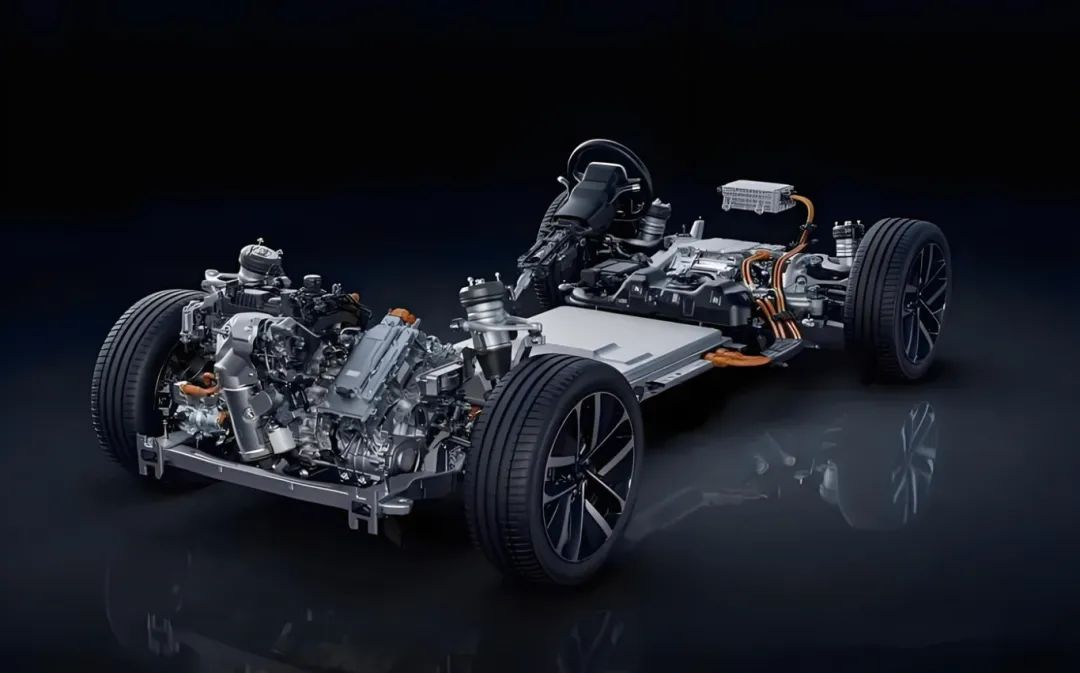
These real-world market performances have indeed given the entire industry a clear guide to best-sellers. However, it must be said that based on the power characteristics of such products, it seems that the label of extended range vehicles alone plays a significant role. As a result, starting this year, whenever a new car is priced at a high level, equipping it with extended range power has become one of the standards for enhancing premiums.
01 Who Gave Extended Range Vehicles Their Golden Touch?
In the market, Li Auto, as the spokesperson for extended range power, has a strong user appeal in the terminal market. I believe I don't need to say much, as it can be seen from sales figures. The L6/7/8/9 models appear indistinguishable at first glance, with design homogeneity that even makes Volkswagen, which was criticized for its cookie-cutter design, feel inferior. However, Li Auto's market appeal is almost unique in the entire industry.
As for the reason, perhaps from the beginning, Li Auto never intended to differentiate its products based on the usage advantages of extended range. Instead, the experience of being able to take the home on the road is the key to targeting mainstream families.
Afterward, seeing Li Auto's dominance in the market, AITO, which also bets on extended range, largely replicated Li Auto's approach. Although Huawei's golden brand played a significant role, the market feedback indicates that this type of extended range SUV is truly "delicious."
Over time, after Li Auto and AITO grew and strengthened this market, other Chinese automakers' countermeasures this year have been to launch their respective extended range large SUVs to the market following the same model.

The Zero-Run C16, known as the half-price Li Auto, has somehow allowed the small brand Zero-Run to gain a foothold in this segment. New models such as the Hanteng Free+, Shenlan S09, and Hyperion HL have successively entered the market in 2025, vowing to capture some market share in the 250,000 to 350,000 yuan price range.
Indeed, many times when discussing technical paths, extended range and plug-in hybrids are often indistinguishable. After all, from a power perspective, the working conditions of quasi-electric models are still very similar.
The basic principle of extended range vehicles is simple: When the battery has sufficient charge, the power battery drives the motor to provide the driving power demand of the entire vehicle, and the generator does not participate in the work at this time. When the battery charge is consumed to a certain extent, the generator starts up, generates electricity to drive the electric motor, and the excess power charges the battery. When the battery charge recovers to a set value, the generator is turned off, and the battery drives the electric motor.
But to be honest, in consumers' subconsciousness, compared to other hybrids, the premium of extended range has undoubtedly become more apparent in recent years.
In the recent market, it seems that countless automakers are promoting their plug-in hybrid vehicles, often including "extended range driving" as a power advantage of their products. For manufacturers, "extended range" has become a term that can add points to an advanced powertrain.
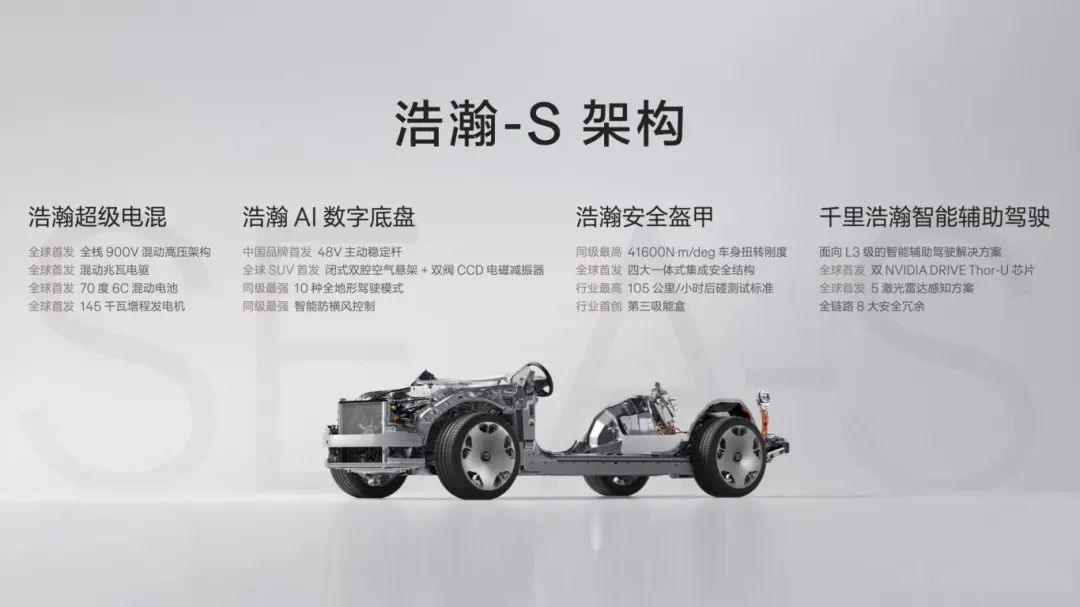
Ironically, in terms of market performance, when the Lingke 900 entered the market with immediate popularity, despite not using extended range power, it was intuitive to feel that the quasi-extended range power switching mode, which allows both gasoline and electricity, is the core of its dominance.
Soon, Hyperion HL, which only delivered the pure electric version in the first half of the year, will also officially deliver the extended range version to the market in these two months. Frankly, it is because the sales of the pure electric version did not meet expectations that the company wanted to quickly push the extended range version of HL to the market to see if it could change the status quo.
Furthermore, due to the inherent layout advantages of extended range power, as large-battery extended range vehicles emerge one after another, they increasingly weaken the product characteristics of same-level plug-in hybrids and even pure electric vehicles. For example, the Zeekr 9X, equipped with Geely's super hybrid technology, has increased the capacity of its power battery to 70 kWh, which is much larger than many pure electric vehicles on the market.
Of course, the market result of such actions that further amplify the advantages of extended range vehicles will eventually be that consumers will increasingly believe that if a car wants to sell at a high price, it must first include extended range as a product highlight.
Leaving aside the category of large SUVs, look at the power situation of the Zunjie S800, which also uses extended range power. Even though some people have previously brought up the issue of the Zunjie S800's small-displacement range extender, it does not prevent the car from selling for over a million yuan while attracting a large number of eager users.
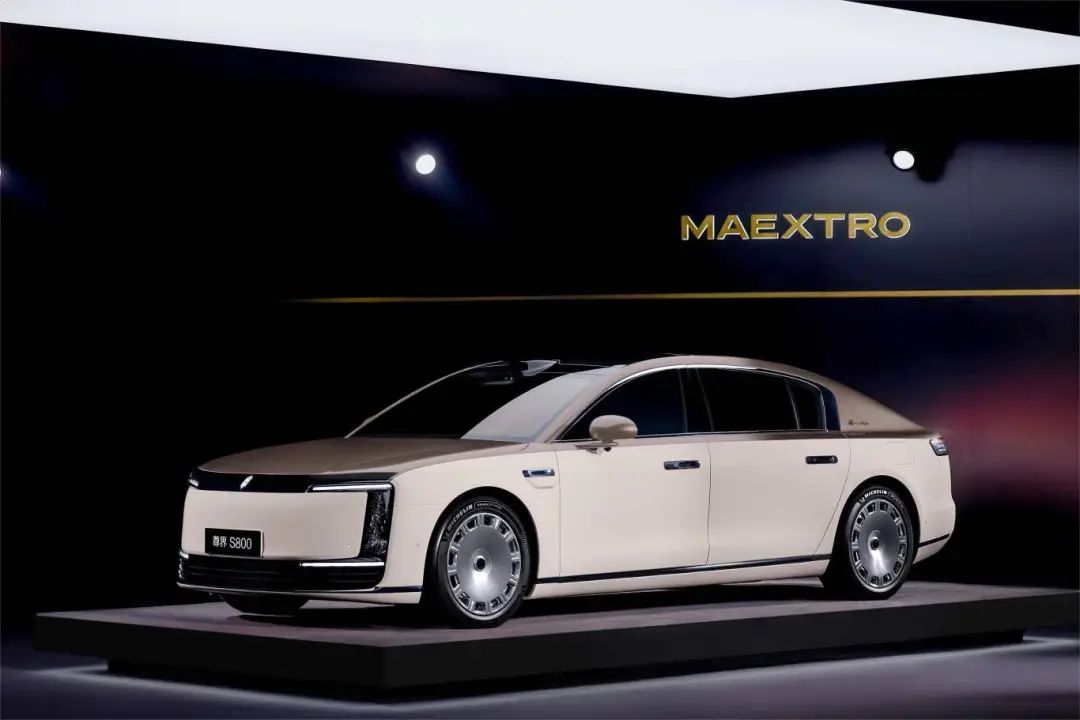
02 Eliminating Shortcomings, Extended Range is the Shortcut
Speaking of the history of extended range vehicles, the most iconic event in the global market is undoubtedly the launch of the world's first extended range electric vehicle, the Chevrolet Volt, in 2010, which was brought into China by General Motors. Then, in 2013, BMW unveiled the BMW i3 extended range version, attempting to package extended range vehicles as truly forward-looking products with various black technologies.
However, the negative feedback from the market over the next decade not only sidelined extended range technology for General Motors and BMW but also gave Chinese users a negative impression of extended range vehicles.
Until the emergence of the Li Auto ONE. In the subsequent years, from the Li Auto ONE to the Li Auto L series, every model has been a hit. It's not that Chinese users suddenly woke up, but at least their attitude towards extended range vehicles has undergone a 180-degree turnaround.
Yes, Li Auto's success certainly cannot be attributed solely to extended range. But in my opinion, it was precisely the market education of those two years that qualitatively changed the image of extended range. Although this change was not based on how advanced or leading the technology itself was, it was the most prominent feature of "both gasoline and electricity" that captivated Chinese users.
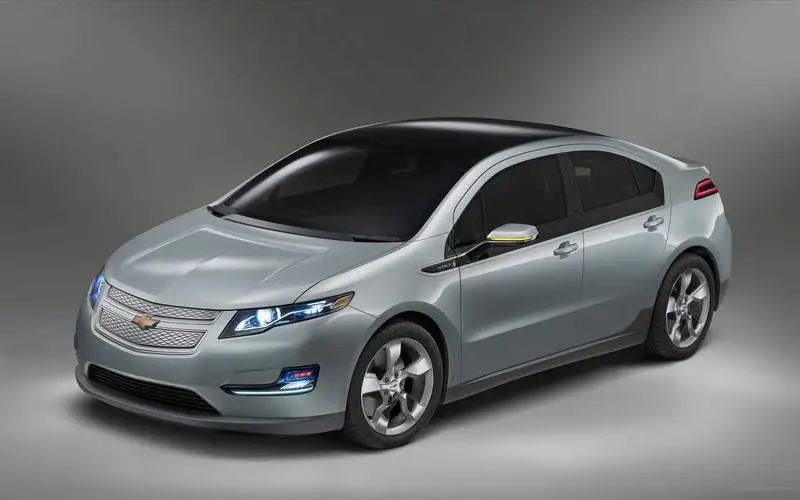
To this day, when asked what advantages extended range vehicles priced at 300,000 to 400,000 yuan have over fuel vehicles and electric vehicles of the same class, uniform car owners will still regard this feature as the decisive factor in buying an extended range vehicle.
Not long ago, after the launch of the Ledao L90, Li Bin raised questions about the current market situation.
'We are now seeing a trend where extended range vehicles are increasing the size of their batteries, not to further reduce the frequency of using the range extender, but because originally you might use it five or six times a year, now you might only use it once or twice a year.'
Given the current completeness of energy replenishment infrastructure and the fact that the driving range of various pure electric vehicles has reached a very good peak, in our view, the obstacles to the use of pure electric vehicles have been eliminated to a large extent. But the formation of trends is often irrational.
When it comes to range anxiety, Chinese users have never been at ease. Even if extended range technology is not some revolutionary black technology, as long as a car has two power options to choose from, that's enough. If an extended range vehicle is also equipped with a large battery, significantly reducing the cost of use, it becomes an even better choice.
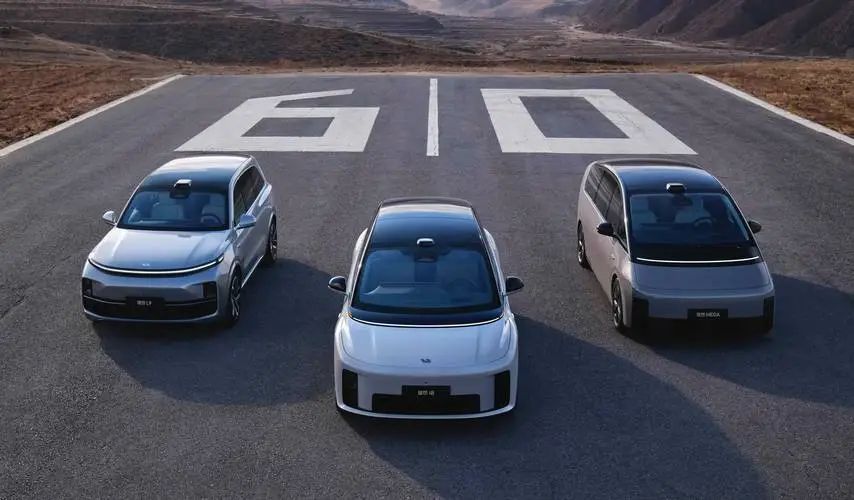
Ultimately, starting with Li Auto, those manufacturers that focus on extended range may not be interested in deeply exploring the technology, but for the long-standing user needs of Chinese users, that obsession with having it all when it comes to vehicle use, as long as they have done any research, they will be able to determine what kind of product is suitable for this market.
Especially in this new consumer stage where people are still willing to spend hundreds of thousands on a car despite the unfavorable economic environment, products with comprehensive functions are in high demand.
In other words, the premium of extended range vehicles is a result of two-way market selection.
At a price of around 100,000 yuan, consumers can tolerate the low fuel economy of fuel vehicles and the range anxiety of pure electric vehicles. At around 200,000 yuan, Chinese users are also willing to pay for the intelligent experience, sacrificing a little on the range experience. But at 300,000 yuan and above, they are not necessarily looking at the technical advantages of a car; they may simply feel that it's worth paying this price for a comprehensive, large vehicle with redundant power options.
With this logic, when we look back at the premium performance of any extended range vehicle, it is basically the same. Thus, when we reverse-engineer why there was such a unanimous opinion on social media after the Li Auto i8 was launched at a good price, saying, 'For family use, still buy the Li Auto L8,' the answer is obvious.
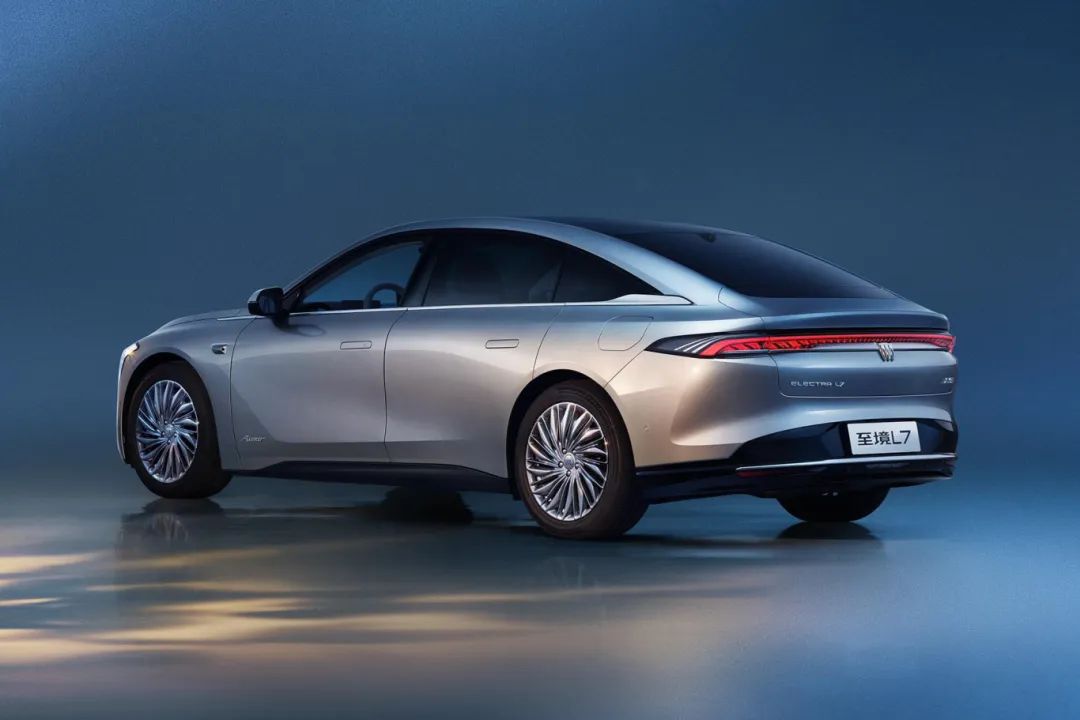
Of course, as the market is unable to return to the state of flourishing diversity of previous years in the short term, we have even more reason to believe that the premium of extended range vehicles will not disappear. Xiaomi's third new car uses extended range power, and SAIC-GM has also launched the Zhijing L7, presumably seeing the incomprehensible yet addictive characteristic of extended range in raising product prices.
To this day, a vehicle that is 100% suitable for every consumer's needs still does not exist, but as long as the universal remedy of extended range is included, at least in terms of selling cars, various new models can make up for a shortcoming. And when the shortcoming is addressed, it seems much simpler to increase value.
Editor-in-Chief: Du Yuxin, Editor: He Zengrong
THE END

